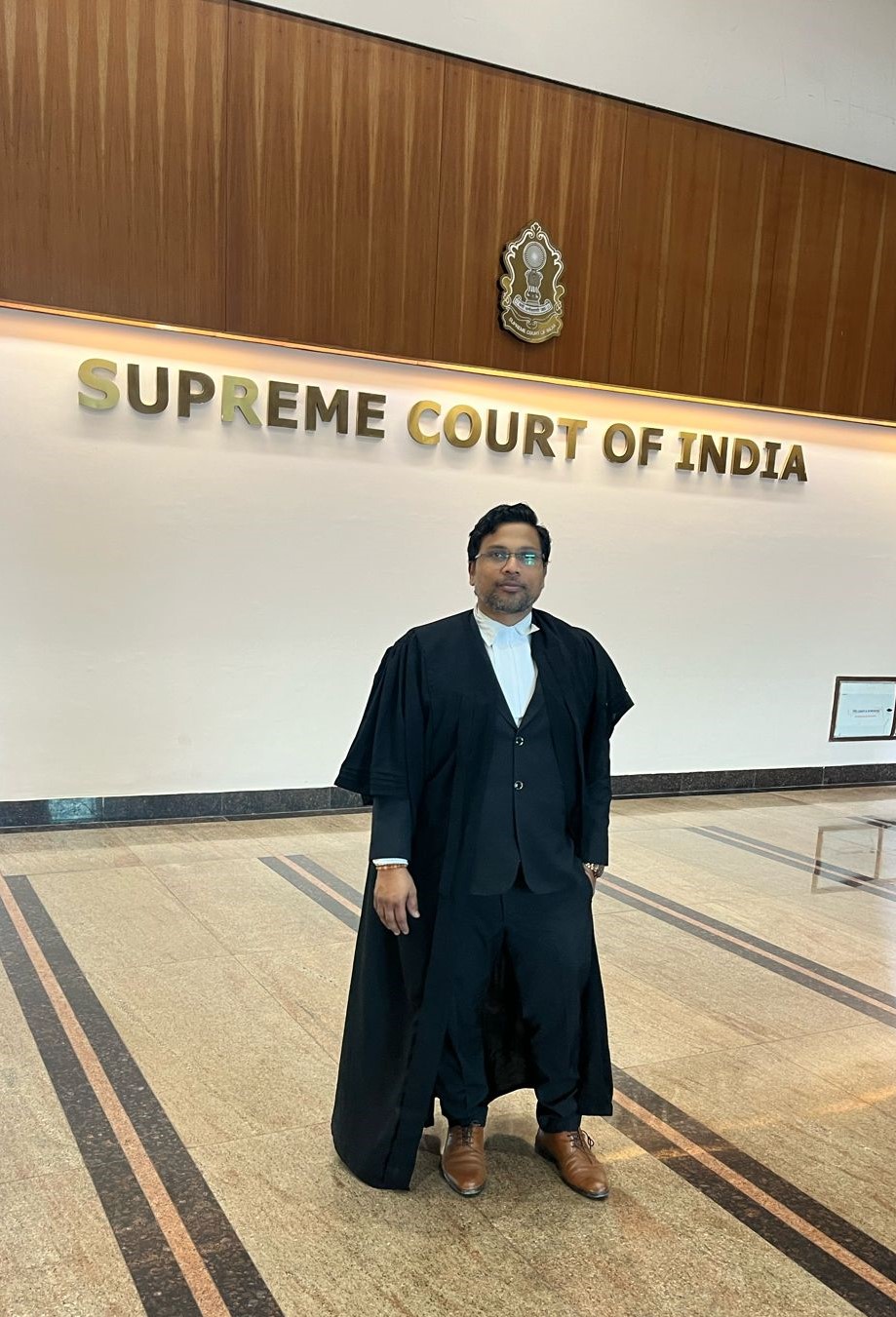Domestic violence remains one of India’s most pervasive and persistent human rights issues. Despite significant legal frameworks and efforts to protect individuals, particularly women, domestic violence continues to thrive in Indian households across socioeconomic strata. This article explores the nature, legal responses, societal challenges, and solutions surrounding domestic violence in India.
1. What is Domestic Violence?
Domestic violence refers to any form of physical, emotional, sexual, or economic abuse within a domestic setting, such as in marriage or family. It can include behaviors that seek to intimidate, humiliate, or control a partner or family member.
Domestic violence affects not only women but also men, children, and the elderly. However, women are disproportionately affected by domestic violence in India due to deep-seated patriarchal norms.
2. Legal Framework in India
India has several laws aimed at addressing and curbing domestic violence. The most notable among them are:
Protection of Women from Domestic Violence Act, 2005 (PWDVA)
The PWDVA is a comprehensive piece of legislation designed to protect women from domestic violence. The law defines domestic violence broadly to include physical, emotional, sexual, and economic abuse. It allows women to seek protection orders, residence orders, and monetary relief from the court.
The key provisions of the PWDVA are:
- Protection Orders: Restraining the abuser from causing further harm.
- Residence Orders: Preventing the abuser from evicting the victim from their shared household.
- Monetary Relief: Financial compensation for medical expenses, loss of income, or damage caused by the abuser.
- Counseling and Rehabilitation: Offering support to the victim through counseling and rehabilitation programs.
Indian Penal Code (IPC), Section 498A
Section 498A of the IPC criminalizes cruelty by a husband or his family towards a wife. It includes any willful conduct that drives a woman to suicide, causes grave injury, or constitutes harassment for dowry. If convicted, the accused can face imprisonment for up to three years.
Dowry Prohibition Act, 1961
Although not specifically about domestic violence, this Act aims to prevent the practice of giving or taking dowry. Dowry harassment is a major contributor to domestic violence in India.
Family Courts
The establishment of family courts across India provides a forum for the resolution of marital disputes, including cases of domestic violence. These courts can grant divorce, child custody, and maintenance orders, which are often linked to incidents of abuse.
3. Statistics and Reality
Despite the existence of strong legal protections, domestic violence remains underreported in India. Several factors contribute to this:
- Cultural Norms and Patriarchy: Indian society continues to be influenced by patriarchal values that often normalize or justify violence against women within the family. Women may face societal pressure to remain silent to “save the family’s honor.”
- Fear of Retaliation: Victims may fear further abuse, retaliation from the abuser, or ostracization from the community.
- Economic Dependence: Many women are economically dependent on their abusers, making it difficult for them to leave abusive relationships.
- Lack of Awareness: Many victims are unaware of their rights and the protections available under the law. This lack of awareness prevents them from seeking help.
According to the National Family Health Survey (NFHS-5) conducted in 2019-2021:
- About 30% of women aged 18-49 have experienced physical violence since the age of 15.
- Only about 14% of women who have experienced violence sought help.
- The majority of domestic violence incidents go unreported.
4. Challenges in Tackling Domestic Violence
- Underreporting: Many cases of domestic violence are not reported due to social stigma, fear, or lack of faith in the legal system.
- Ineffective Implementation of Laws: While the PWDVA is a robust law, its implementation is often inconsistent. Courts are overburdened, protection officers lack resources, and there is a shortage of women’s shelters.
- Lack of Support Services: Adequate counseling, legal aid, and shelter homes are not available in many parts of the country, especially in rural areas.
- Misuse of Laws: Section 498A has been criticized for being misused in some cases, leading to its dilution in certain courts. While such misuse cases are rare, they can create skepticism about genuine cases of domestic violence.
- Victim-Blaming: Victims are often blamed for the abuse, with questions raised about their character, behavior, or conduct. This further discourages them from seeking help.
5. Government and NGO Initiatives
The Indian government, along with various non-governmental organizations (NGOs), has initiated several programs and campaigns to address domestic violence:
- One Stop Centres (OSC): These centers provide medical, legal, and psychological assistance to women facing violence.
- Women’s Helpline (181): A toll-free helpline that provides immediate support and information to women in distress.
- Swadhar Greh: A scheme aimed at rehabilitating women in difficult circumstances, including domestic violence survivors, by providing shelter, food, and vocational training.
- Sakhi Schemes: A government program focused on setting up support systems for women affected by violence, including domestic violence.
6. Role of Society
Changing societal attitudes toward domestic violence is crucial in eradicating this problem. Initiatives should focus on:
- Education and Awareness: Schools, colleges, and communities must be involved in educating people about gender equality and the unacceptability of domestic violence.
- Empowering Women: Economic empowerment and education for women can help them gain independence and the courage to speak up against abuse.
- Engaging Men: Men need to be involved in conversations around domestic violence, challenging toxic masculinity and patriarchal norms. Campaigns like the #HeForShe movement have already started involving men in advocating for women’s rights.
7. Conclusion
Domestic violence is a critical issue in India that requires urgent attention. While the legal framework is strong, better implementation, support systems, and a shift in societal attitudes are essential to bring about meaningful change. Empowering women, raising awareness, and involving communities in addressing domestic violence can pave the way for a safer and more equal society.

